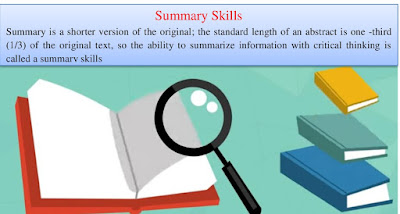Eight steps to planning the perfect lesson

Eight steps to planning the perfect lesson Here we will find eight essential steps to join our lesson plan. They are aims and objectives, projected sets, direct instructions, instructional exercises, closures, independent exercises, necessary materials and equipment, evaluation and follow-up. Each of these eight components will make an excellent lesson plan. Here we will learn a little bit about each of them and how we can apply each section in our tutorial. 1. Goals and Objectives: The objectives of the lesson can be clearly stated and according to the district and / or state educational standards. The goal of setting goals and objectives is also to make sure for us to know what we are trying to do within the lesson. It helps us determine if students should be excluded from the lesson, and to ensure that they succeed in getting hands on. 2. Expected set: Before we get lost in the flesh of our lesson instructi...




